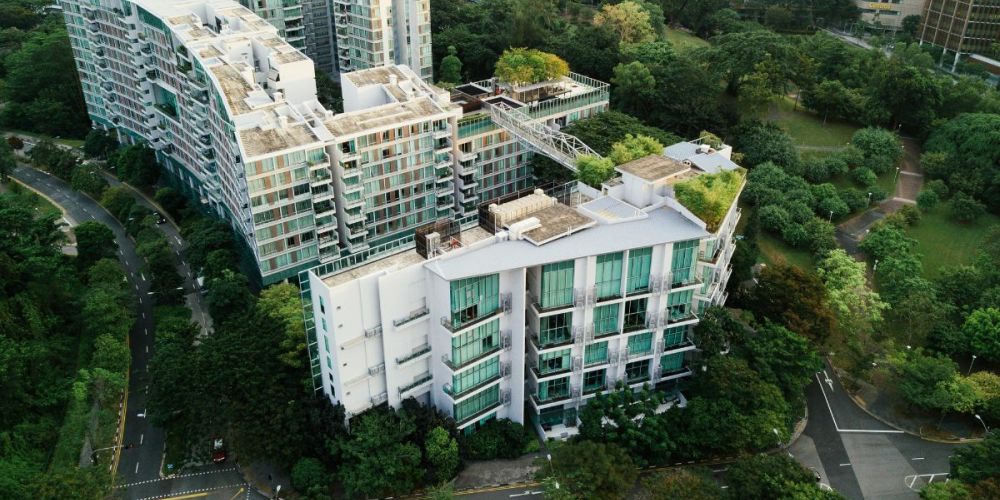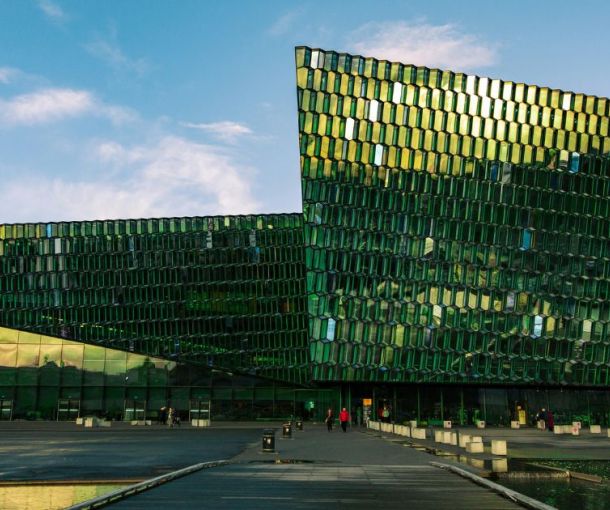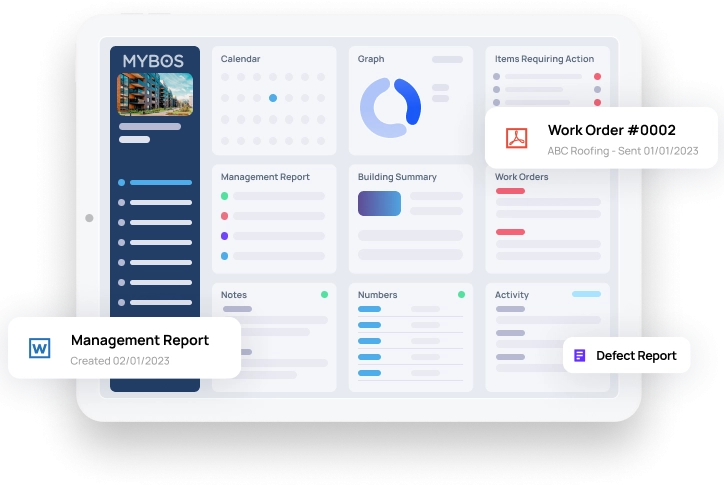
Sustainable Building Certifications: How BMS Tools Support Green Star, LEED, and NABERS Compliance
As environmental concerns grow and regulatory demands tighten, building managers and developers are increasingly turning to sustainable building certifications to showcase their commitment to eco-friendly construction and operations. Certifications such as Green Star, LEED, and NABERS not only validate a building’s environmental performance but also provide tangible benefits, including lower operating costs and increased market appeal. Modern building management software plays a critical role in this process, helping track energy use, streamline reporting, and ensure compliance with evolving sustainability standards.
Achieving and maintaining these certifications, however, requires careful oversight of numerous building systems. This is where Building Management Systems (BMS) become essential. By leveraging advanced analytics and automation, BMS solutions simplify compliance, making it easier for buildings to meet—and often exceed—sustainability standards.
Understanding Key Sustainable Building Certifications
Green Star
Developed by the Green Building Council of Australia (GBCA), Green Star is an internationally recognised sustainability rating system specifically designed for the Australian context. It assesses the environmental performance of buildings, interior fitouts, and entire communities. Green Star evaluates key factors such as energy and water efficiency, indoor environmental quality, and materials selection.
According to realestate.com.au, recent initiatives have introduced a standardised rating system for eco-friendly apartments, aiming to make sustainable living more accessible across the country.
LEED
The Leadership in Energy and Environmental Design (LEED) certification, created by the U.S. Green Building Council, is the most widely used green building rating system in the world. LEED offers a comprehensive framework for designing, constructing, operating, and maintaining high-performance, sustainable buildings. Its holistic approach addresses key imperatives including equity, human health, ecosystem preservation, and climate resilience—promoting both environmental and social sustainability.
NABERS
NABERS (the National Australian Built Environment Rating System) is Australia’s premier system for assessing building performance. As reported by CIM, NABERS evaluates a building’s environmental impact across key metrics such as energy use, water consumption, waste management, and indoor environmental quality. These ratings are vital for identifying areas for improvement and benchmarking sustainability within the property and facilities management sectors.
The Role of Building Management Systems (BMS) in Certification Compliance
Achieving and maintaining sustainable building certifications requires ongoing monitoring, precise data collection, and continuous performance optimisation. Building Management Systems (BMS) can play a crucial role in supporting these efforts, providing real-time insights and control over various building operations.
Here’s how BMS tools can contribute to certification compliance:
- Energy Monitoring: BMS platforms track energy consumption patterns, identify inefficiencies, and recommend corrective actions to meet energy efficiency standards.
- Indoor Environmental Quality: By monitoring key factors such as air quality, temperature, and humidity, BMS helps maintain healthy and comfortable indoor environments.
- Water Management: BMS can detect leaks, monitor water usage, and support conservation initiatives—helping buildings meet the water efficiency requirements of certifications like Green Star, LEED, and NABERS.
- Automated Reporting: BMS automates the generation of detailed reports required for certification audits, simplifying documentation and ensuring consistent, accurate reporting.
For a deeper dive into how building analytics can enhance performance, consider reading How Your Building Analytics Can Work for You.
Integrating BMS with Sustainable Building Design Principles
Incorporating Building Management Systems (BMS) during the early stages of building design ensures that sustainability is embedded from the outset. By aligning BMS capabilities with sustainable design principles, developers can achieve smarter, more efficient buildings. Key benefits include:
- Optimised Energy Use: BMS can design and manage systems that respond to occupancy patterns and external conditions, significantly reducing energy waste.
- Enhanced Occupant Comfort: Maintaining consistent indoor conditions—such as temperature, lighting, and air quality—improves tenant satisfaction, health, and productivity.
- Proactive Maintenance: Through predictive analytics, BMS can anticipate equipment failures, enabling timely maintenance and minimising operational disruptions.
These integrations not only support the achievement of sustainability certifications but also contribute to the long-term performance and resilience of the building. According to Colliers, the integration of smart technologies strengthens sustainability initiatives while enhancing occupant well-being by embedding intelligent systems that adapt to both user needs and environmental changes.
The Financial and Environmental Benefits of Certification
Sustainable building certifications offer more than just environmental credibility—they deliver measurable financial and operational advantages. By meeting high-performance standards in areas like energy efficiency, water conservation, and indoor environmental quality, certified buildings create long-term value for owners, occupants, and investors alike. Here are some of the key benefits:
- Cost Savings: Energy-efficient buildings typically incur lower utility expenses. For example, Green Star-certified apartments can reduce energy bills for homeowners while also offering other operational efficiencies.
- Increased Property Value: Properties with recognised sustainability certifications often achieve higher market valuations and command premium rental rates due to their environmental performance and future-proof appeal.
- Regulatory Compliance: Certification helps ensure compliance with evolving environmental laws and building standards, reducing the risk of penalties and enhancing long-term operational resilience.
- Environmental Impact: Certified buildings play a critical role in reducing greenhouse gas emissions, conserving water, and supporting broader environmental sustainability goals.
For understanding why doing regular inspections are important, check out Why Regular Building Inspections Are Critical for Property Managers
Practical Tips for Building Managers and Developers
Successfully leveraging Building Management Systems (BMS) to meet sustainability certification requirements involves more than just installing new technology—it requires a strategic and well-informed approach. Building managers and developers must align system capabilities with certification standards while ensuring teams are equipped to operate them efficiently. The following practical steps can help guide this process:
- Assess Current Systems: Start by evaluating your existing BMS infrastructure to identify strengths, weaknesses, and any gaps related to certification criteria.
- Engage Experts: Collaborate with sustainability consultants and BMS professionals to design or upgrade systems that align with certification goals and regulatory standards.
- Train Staff: Provide comprehensive training for facility managers and maintenance teams to ensure they can effectively operate, interpret, and respond to BMS data.
- Monitor and Adjust: Regularly review performance metrics and use insights to fine-tune systems, ensuring ongoing compliance and optimised building operations.
For insights into transitioning from traditional methods to more efficient systems, explore Building Management Software vs. Spreadsheets: Which Is More Efficient?.
Smarter, Greener, and More Compliant: Why BMS Is Essential for Maintaining Certifications
The integration of Building Management Systems (BMS) with sustainable building certifications such as Green Star, LEED, and NABERS represents a forward-thinking approach to modern building management. These systems enable real-time monitoring, automation, and data-driven decision-making that align directly with environmental certification requirements.
By leveraging BMS technology, building managers and developers can proactively address energy use, water efficiency, and indoor environmental quality—key metrics in all major certification programs. Embracing this synergy not only supports environmental conservation efforts but also delivers measurable economic benefits, including reduced operating costs, improved asset value, and enhanced tenant satisfaction.
As the industry continues to evolve, staying ahead requires a technology-driven commitment to sustainability and innovation. To discover how MYBOS’s BMS platform can assist in achieving your sustainability goals, book a demo today!




